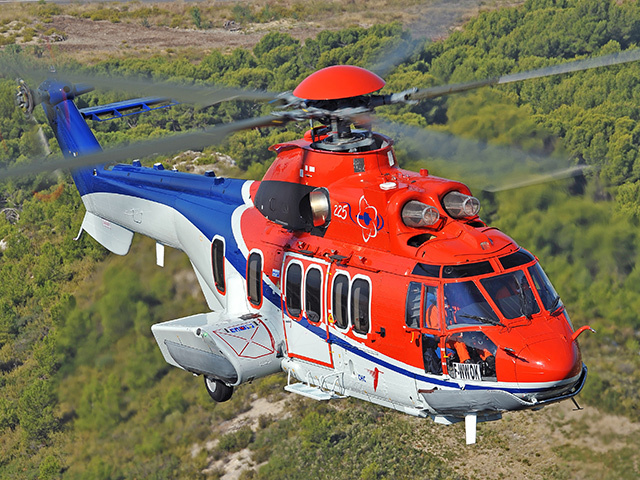
Last night’s ditching is the latest in a string of North Sea incidents involving Super Puma aircraft.
Manufacturer Eurocopter has recently returned its EC225 model to service after gear shaft failures led to two separate ditchings last year.
The first happened in May, when 14 passengers and two crew members were rescued after the Bond-operated helicopter came down 30 miles off the coast of Aberdeen.
The craft had been on its way to the ConocoPhillips’ Jasmine field and was due to drop workers off at the Maersk Resilient and Ensco 102 rigs and was 15 minutes into the flight.
In October, 19 people were rescued when a CHC-operated helicopter ditched 14 miles west of Fair Isle between Orkney and Shetland.
It had been flying from Aberdeen to the West Phoenix drilling rig on behalf of Total when it got into trouble in thick fog and the passengers had to be picked up by life rafts from a passing vessel.
Eurocopter identified “catastrophic” mechanical failings in the gearbox of both aircraft as well as similarities between both incidents.
The North Sea EC225 fleet was banned from flying over water after the incidents and was cleared for take-off again earlier this year after Eurocopter made safety improvements.
On August 7, a CHC-owned EC225 took a group of senior staff from its firm, and Total, to the Alwyn North platform.
CHC employs 480 people, most of whom are based out of Aberdeen, and the operator has 24 choppers across the UK.
The aircraft work out of bases in Aberdeen, Humberside and North Dene outside of Great Yarmouth.
The company planned to return the EC225s to full service gradually over the coming months.
In April 2009, 16 people died when a Super Puma L2 plunged into the sea. Its gearbox failed while carrying the men to Aberdeen.
The Bond-operated aircraft went down off the Aberdeenshire coast on April 1, 2009.
Recommended for you
